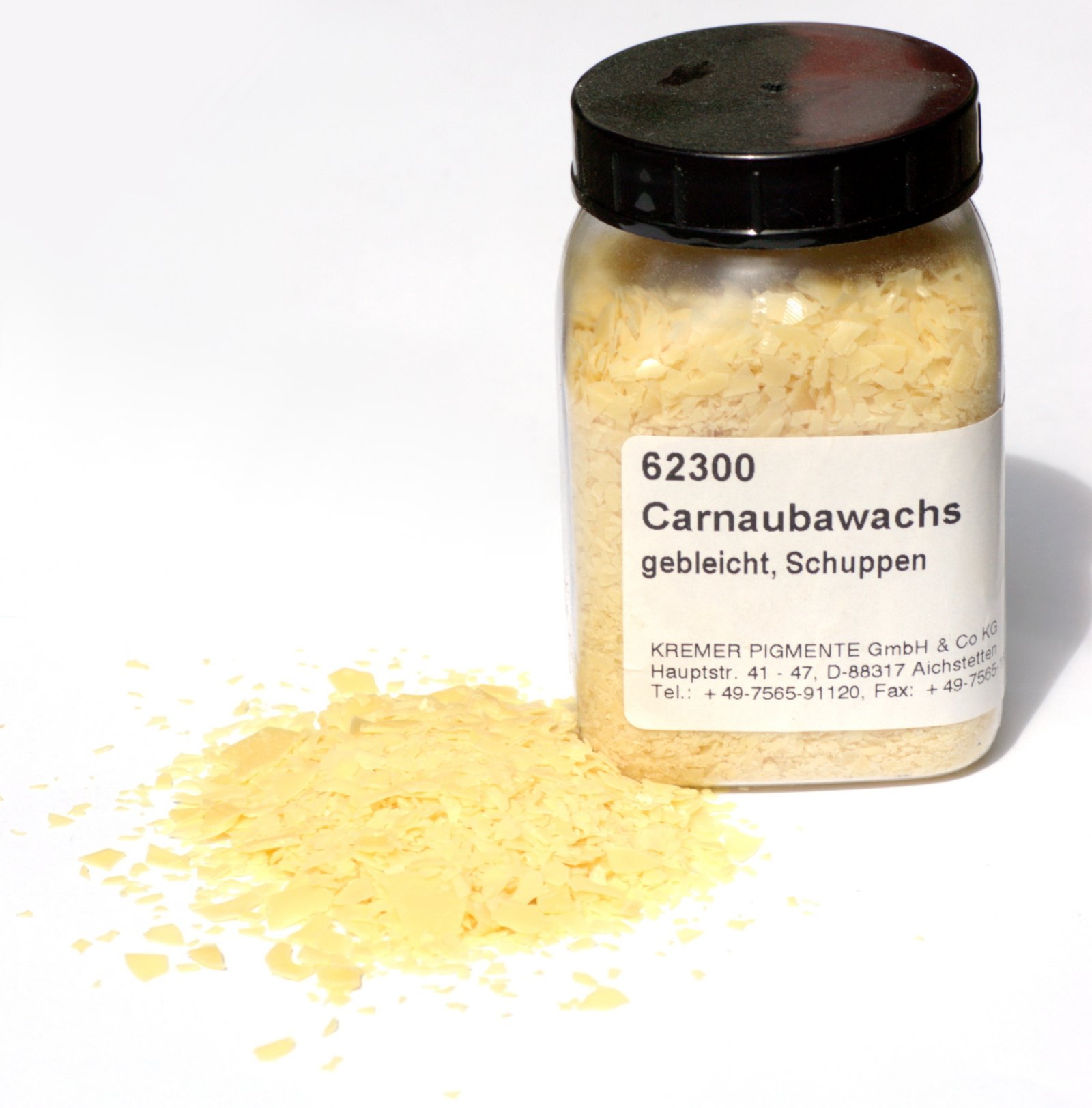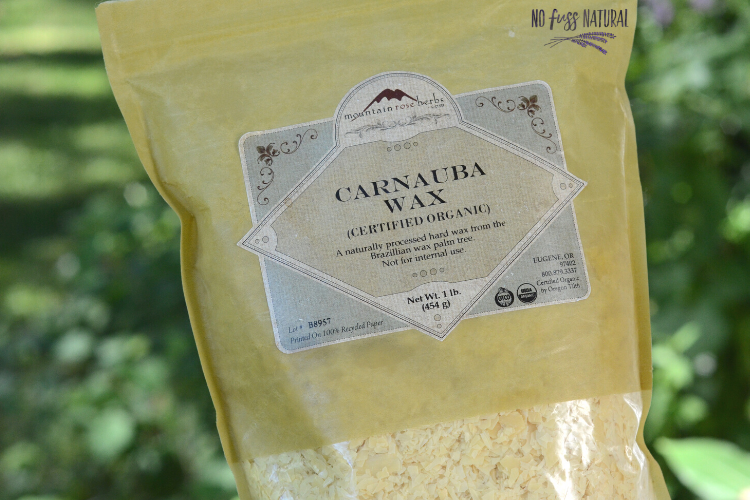

The powdery wax is removed (by beating the shriveled leaves), then melted, strained, and cooled. The leaves are cut from September to March and left in the sun to dry. The carnauba tree is a fan palm of the northeastern Brazilian savannas, where it is called the “tree of life” for its many useful products.Īfter 50 years, the tree can attain a height of over 14 metres (45 feet).Ĭarnauba wax has a dense, large crown of round, light green leaves.Īlthough Carnauba wax has been planted in Sri Lanka and Africa, as well as other parts of South America, only in northern Brazil does the tree produce wax.ĭuring the regular dry seasons in Brazil, the carnauba palm protects its metre-long (three-foot) fronds from loss of moisture by secreting a coat of carnauba wax on the upper and lower leaf surfaces. Valued among the natural waxes for its hardness and high melting temperature, carnauba wax is employed as a food-grade polish and as a hardening or gelling agent in a number of products.


Carnauba wax, also called Brazil wax and palm wax, is a wax of the leaves of the carnauba palm Copernicia prunifera, a plant native to and grown only in the northeastern Brazilian states of Pernambuco, Piauí, Ceará, Maranhão, Bahia, and Rio Grande do Norte.Ĭarnauba wax is known as "queen of waxes" and in its pure state, usually comes in the form of hard yellow-brown flakes.Ĭarnauba wax is obtained from the leaves of the carnauba palm by collecting and drying them, beating them to loosen the wax, and then refining and bleaching the wax.Īs a food additive, its E number is E903.Ĭarnauba wax, also called Brazil wax or ceara wax, a vegetable wax obtained from the fronds of the carnauba tree (Copernicia cerifera) of Brazil.


 0 kommentar(er)
0 kommentar(er)
